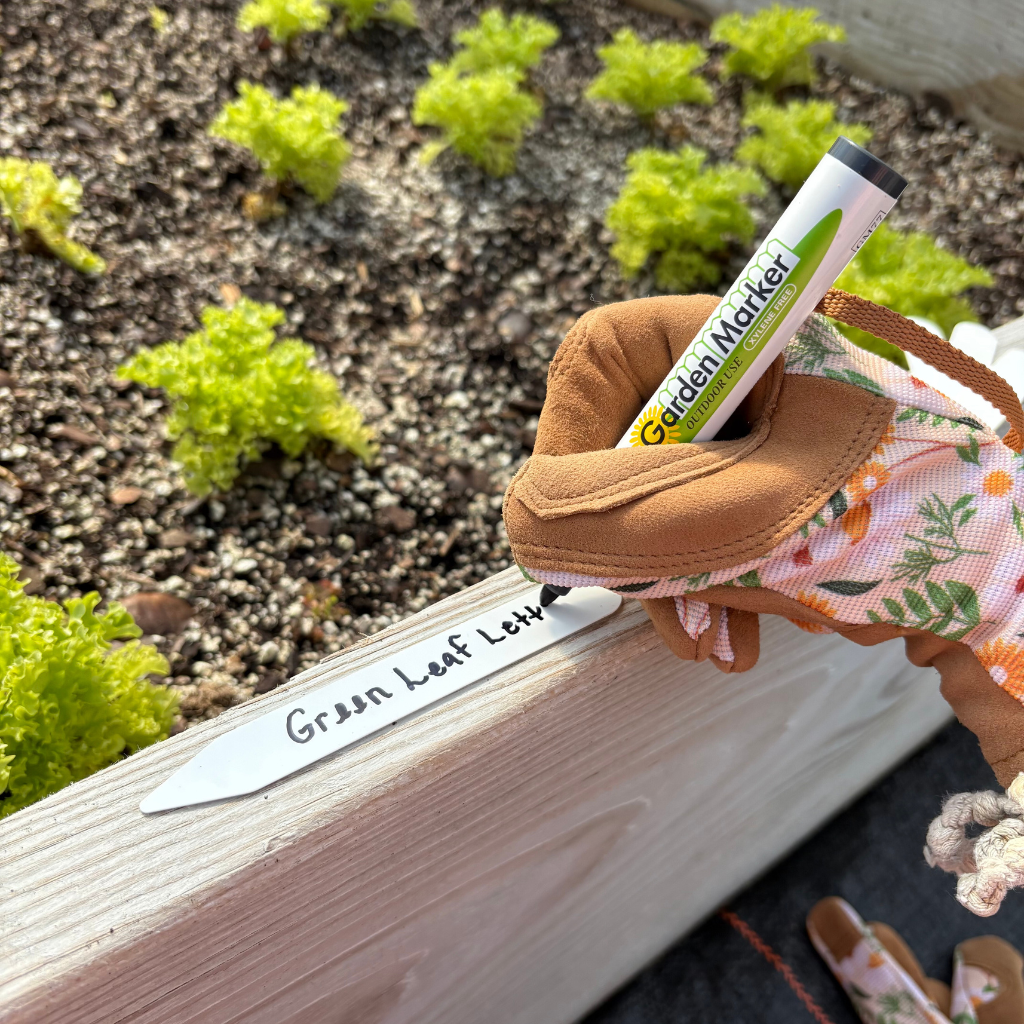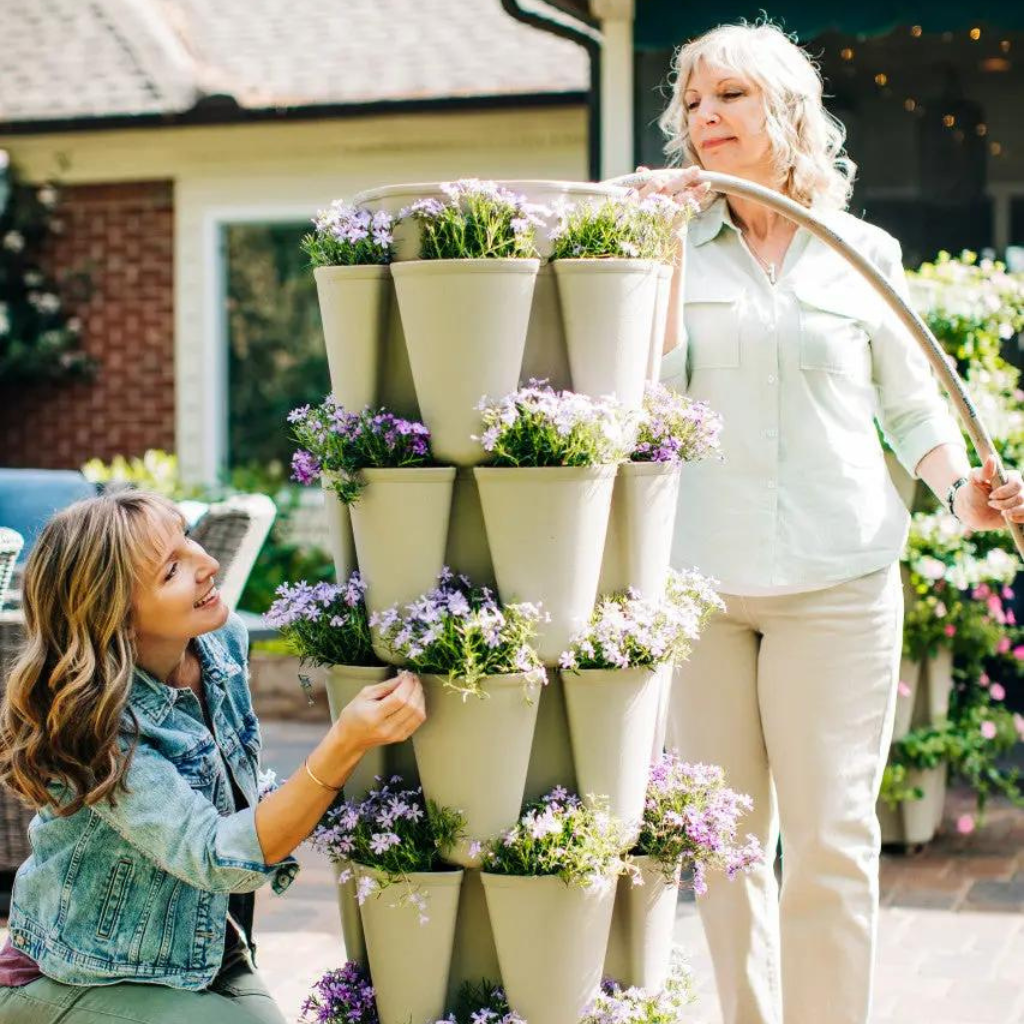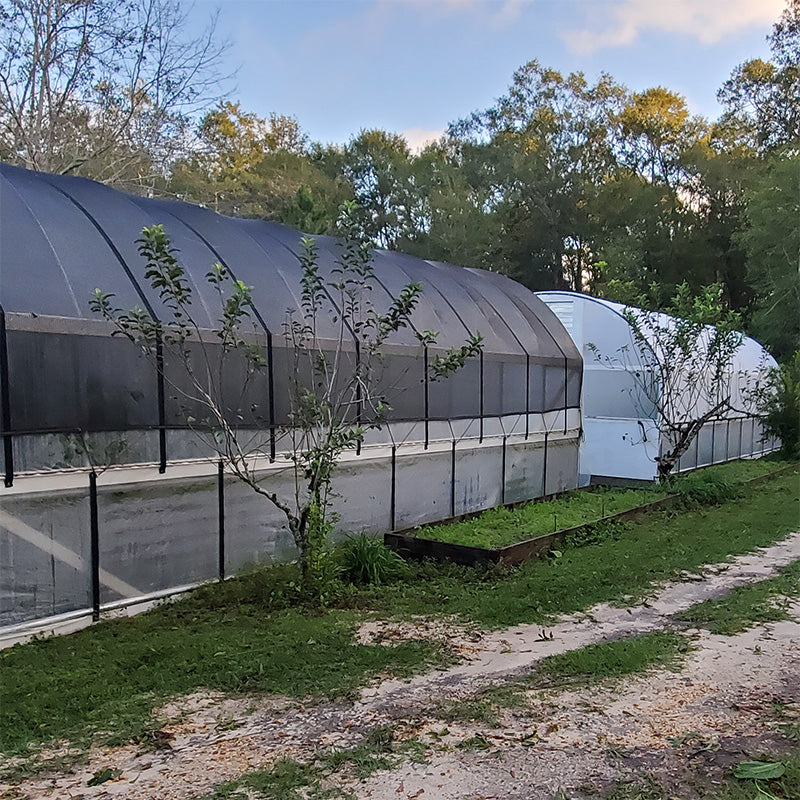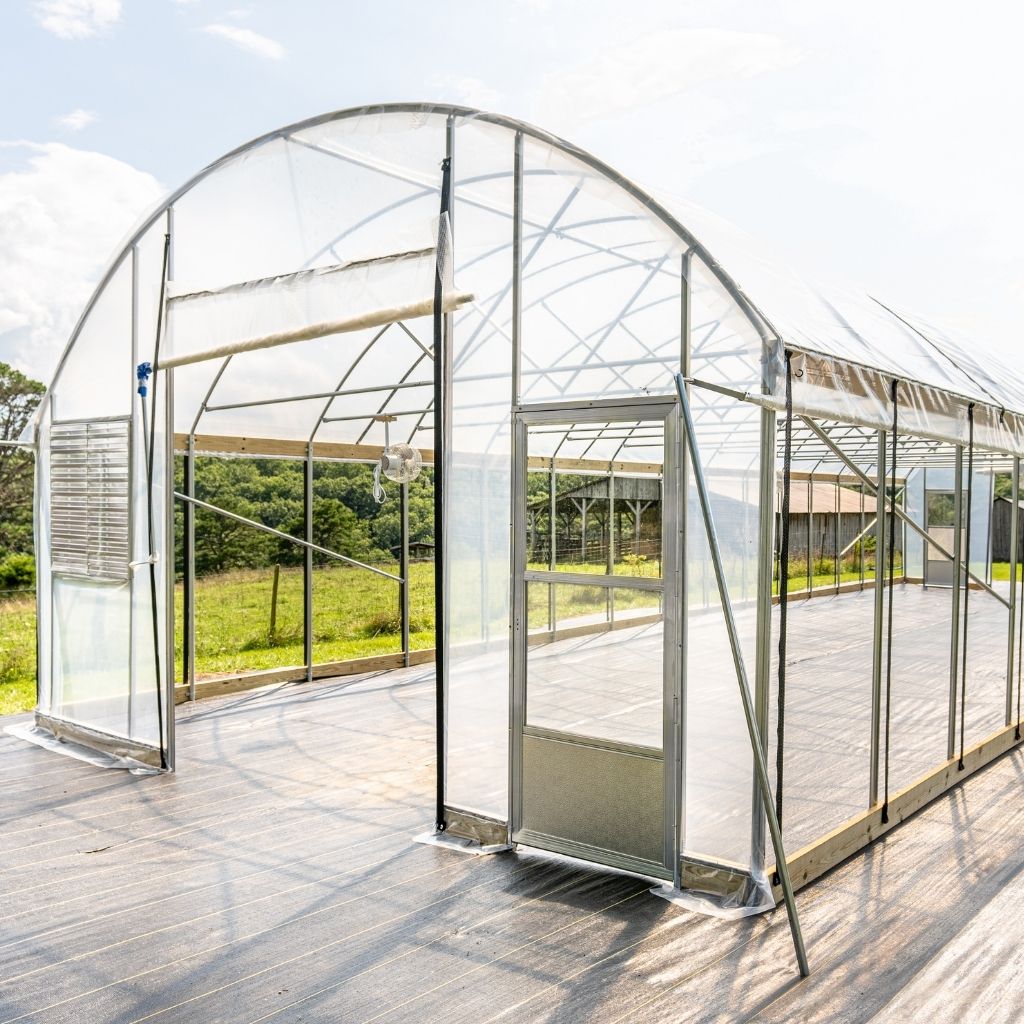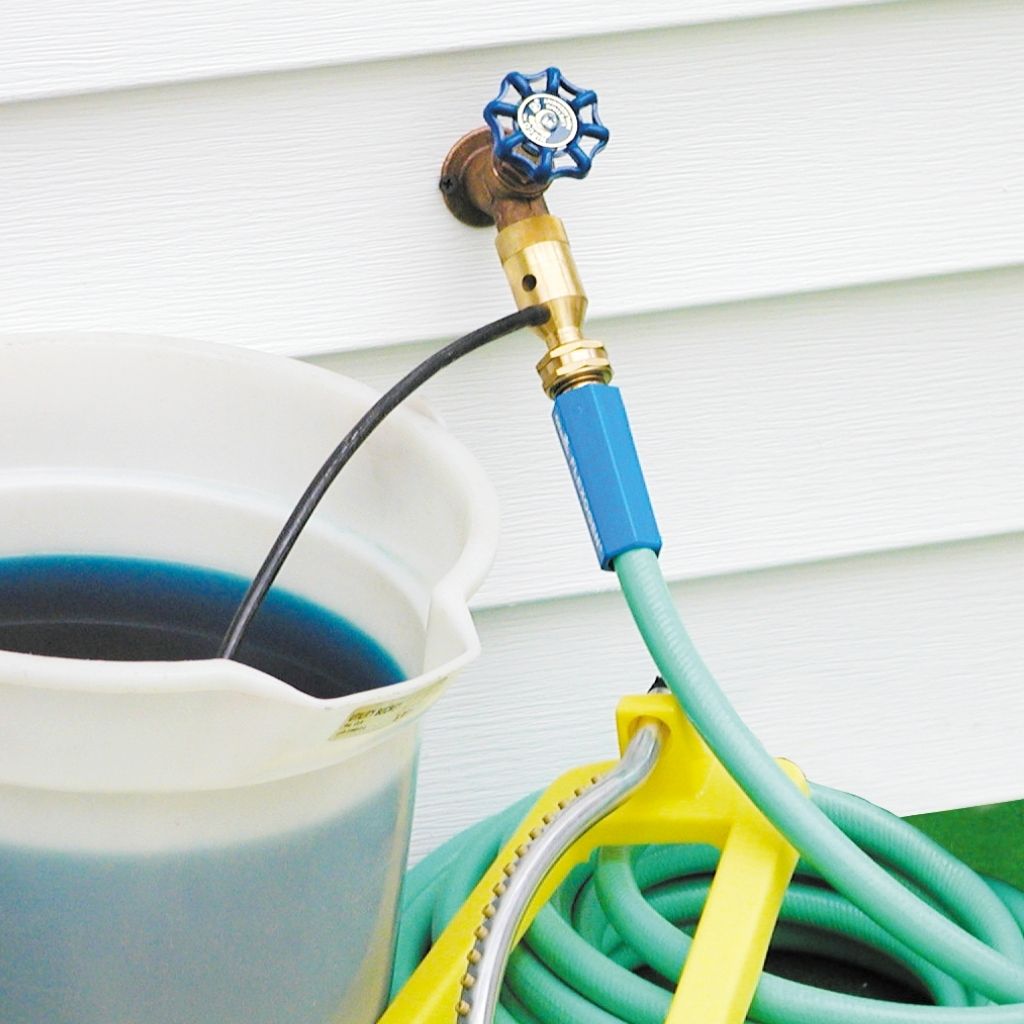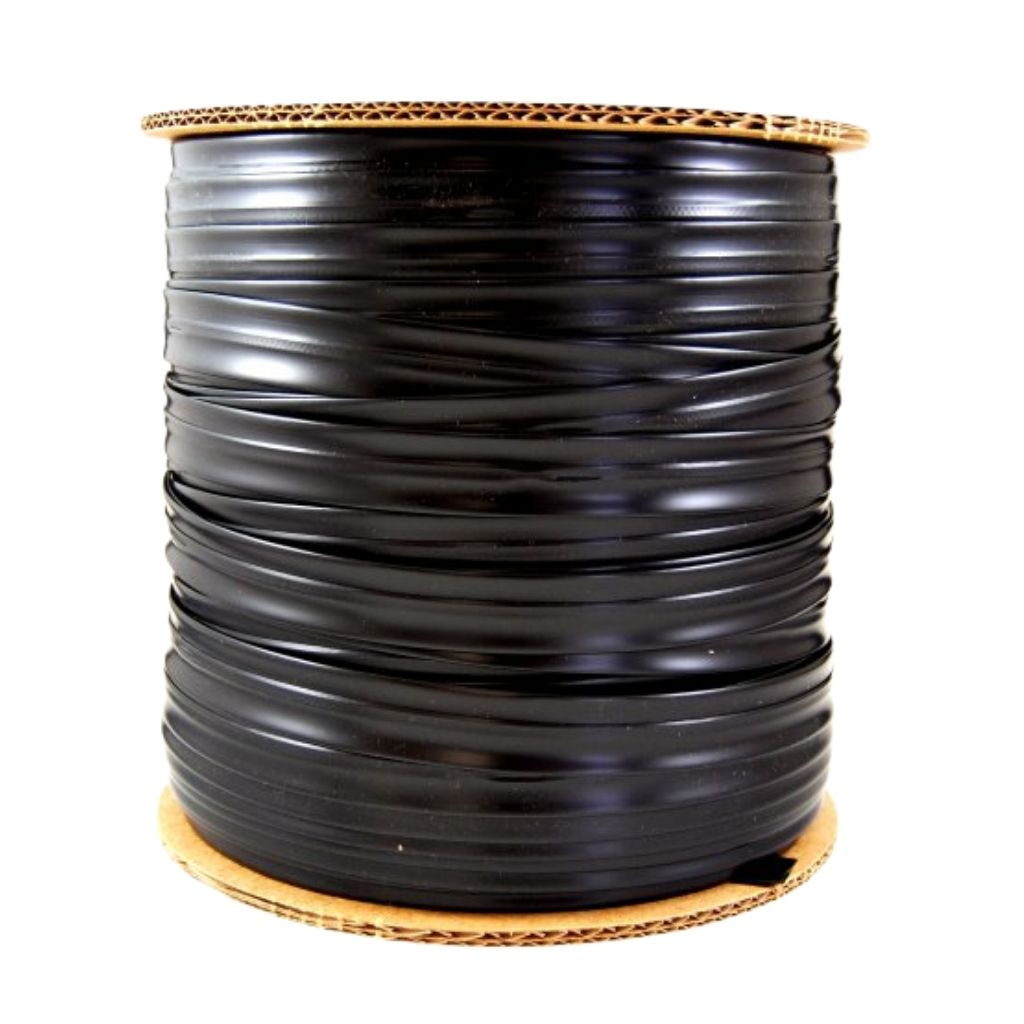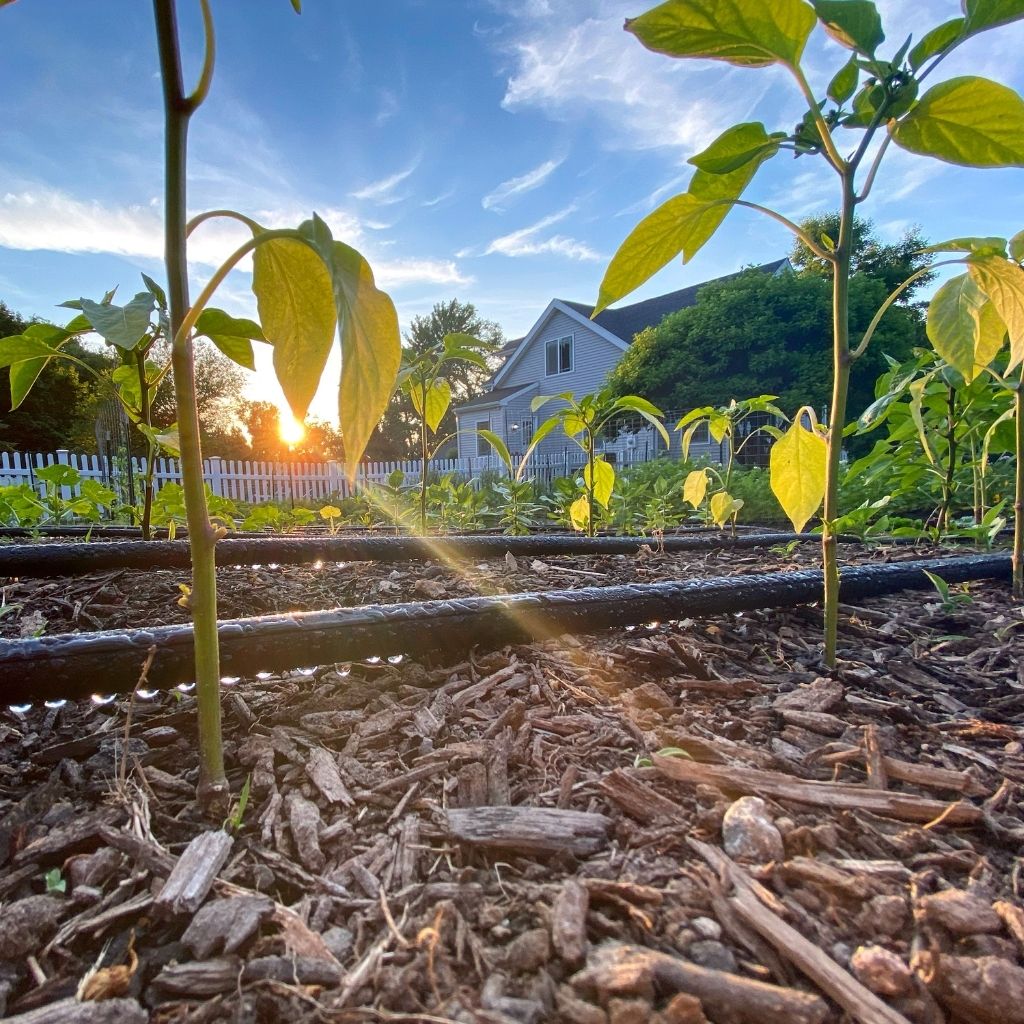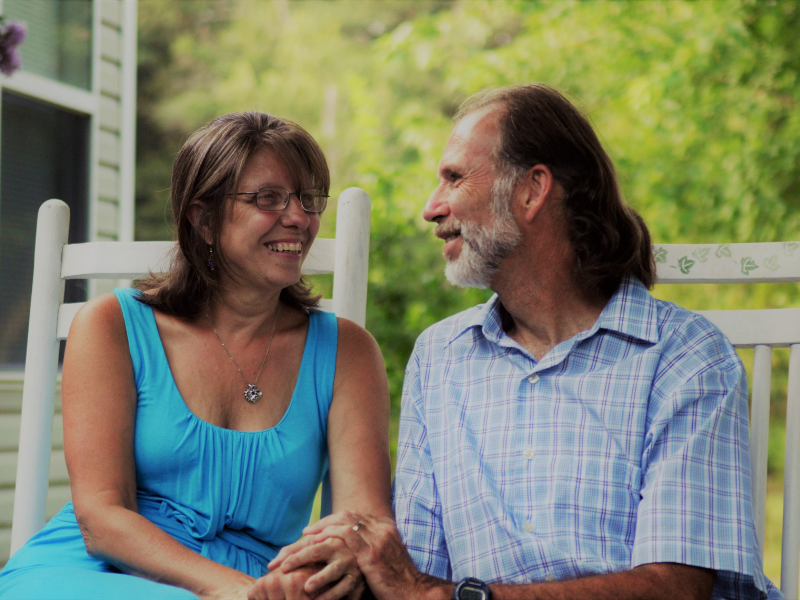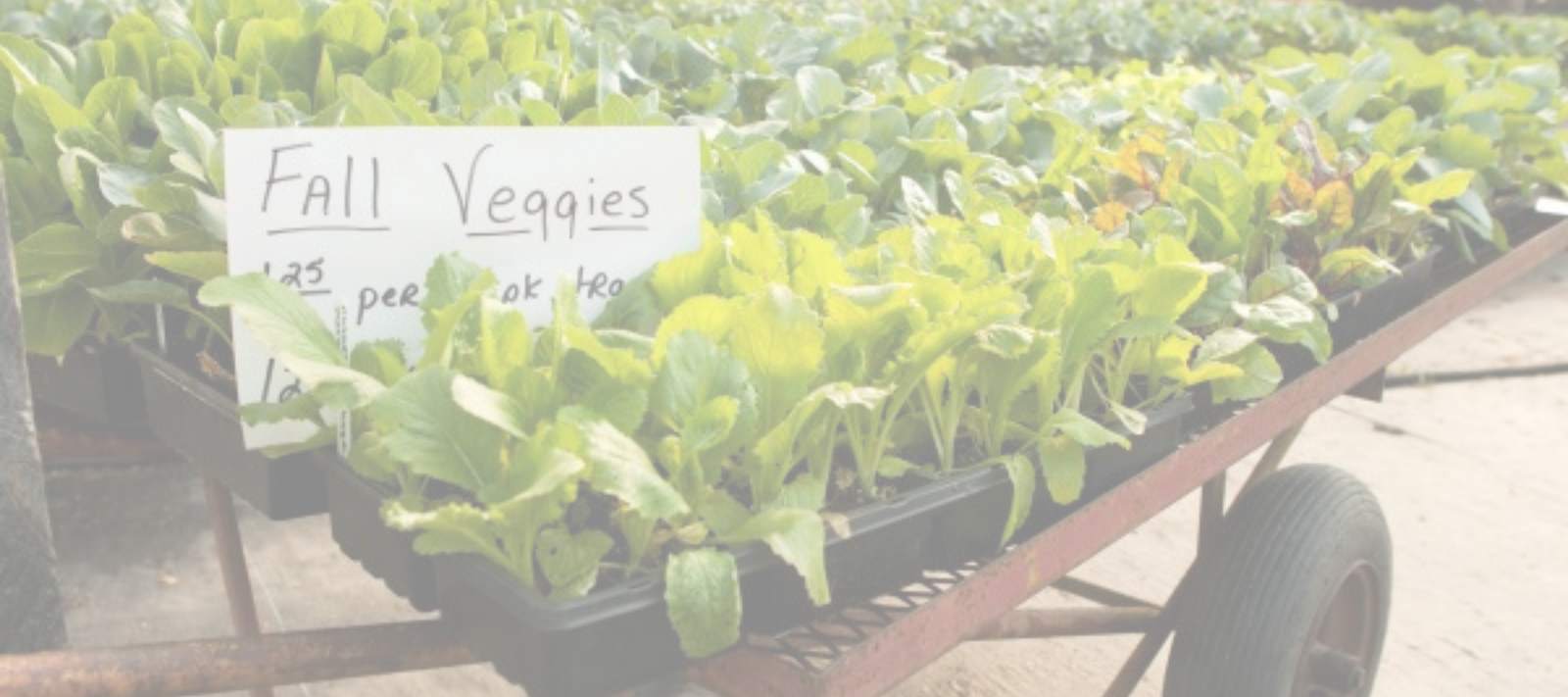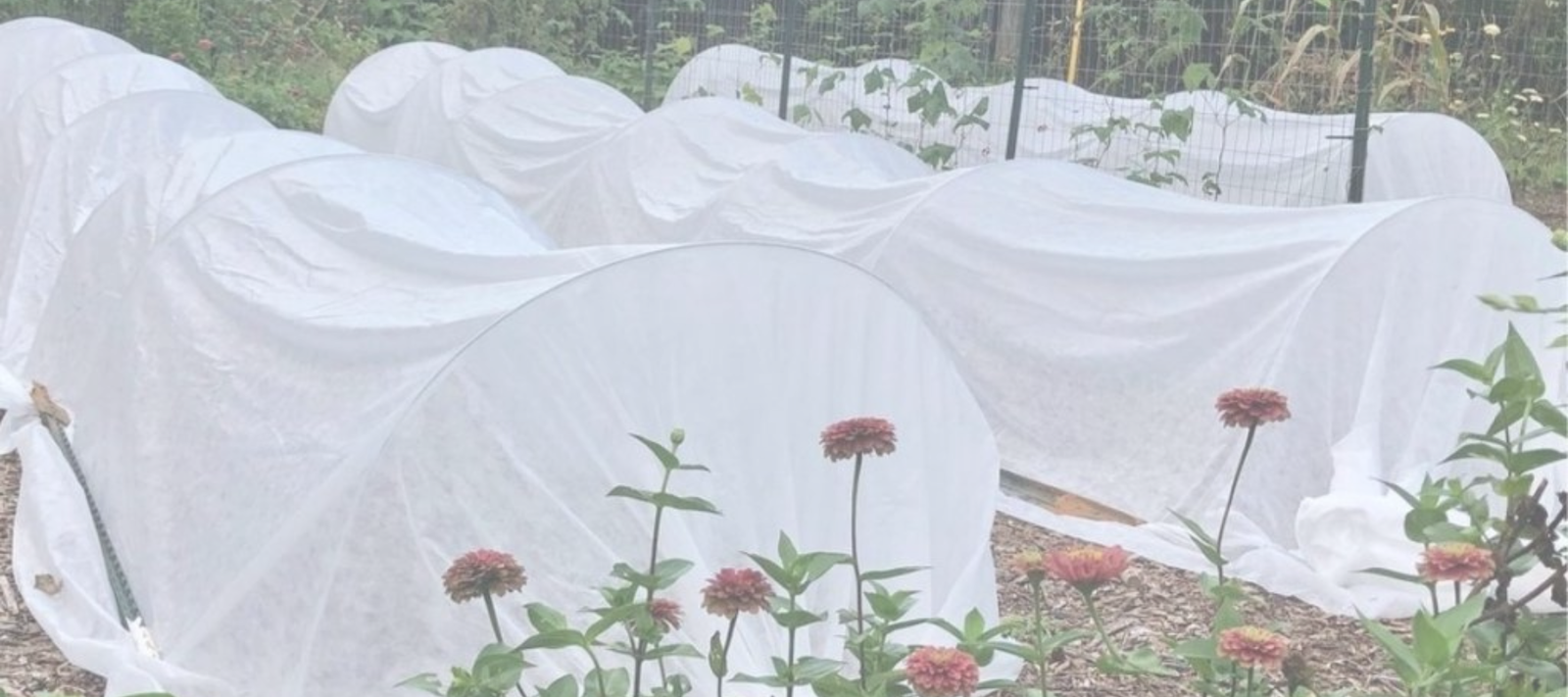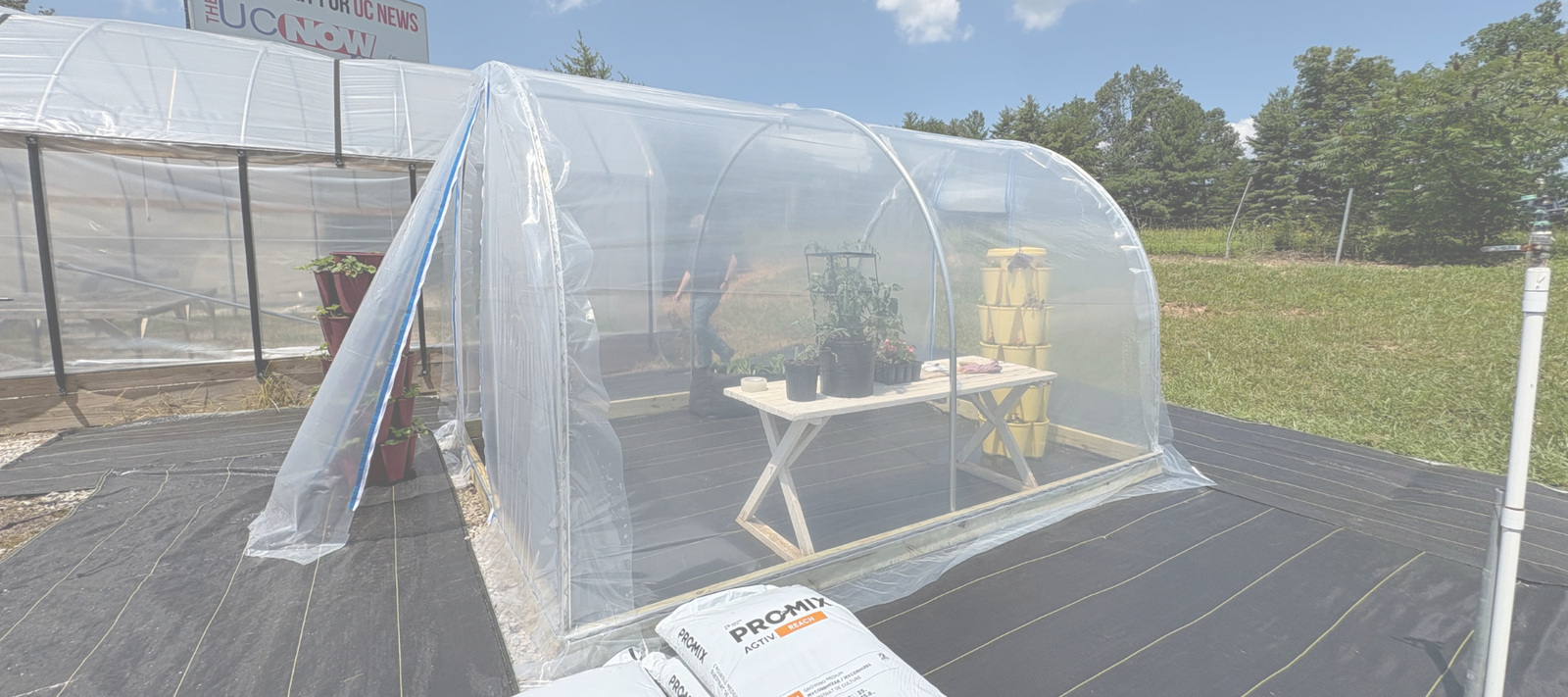As the summer heat begins to wane, it's time to start thinking about fall crop planting. Fall gardening can be incredibly rewarding, providing a bountiful harvest well into the cooler months. Here’s a step-by-step guide to help you prepare for a successful fall planting season.
1. Assess Your Garden Space
Before you start planting, take a close look at your garden. Remove any summer crops that are no longer producing or are past their prime. Clear out weeds and debris to give your new plants the best start possible. Consider soil testing to determine if any amendments are needed to adjust pH or nutrient levels.
2. Plan Your Fall Garden
Not all crops are suited for fall planting, so it's essential to choose the right ones. Some excellent options for fall gardens include:
- Leafy Greens: Spinach, kale, and lettuce thrive in cooler temperatures.
- Root Vegetables: Carrots, beets, radishes, and turnips grow well as the weather cools.
- Brassicas: Broccoli, cauliflower, and Brussels sprouts can handle light frosts and often taste better after a cold snap.
3. Start Seeds Indoors
For a head start on your fall garden, begin by starting seeds indoors in late summer. Use seed trays and a quality potting mix, and keep them in a sunny location. This method gives you sturdy seedlings to transplant into your garden once the weather cools down.
4. Prepare the Soil
Healthy soil is the foundation of a productive garden. Add compost or aged manure to your garden beds to enrich the soil with organic matter and nutrients. Consider adding a balanced fertilizer to ensure your fall crops have all the nutrients they need to thrive.
5. Transplant and Direct Sow
Once your seedlings are ready and the weather has cooled slightly, it’s time to transplant them into your garden. Space them appropriately to allow for growth and airflow. For crops that do better when directly sown, such as radishes and carrots, plant seeds directly into the prepared soil.
6. Mulch and Water
Mulching helps retain soil moisture, suppresses weeds, and can even moderate soil temperatures. Use straw, leaves, or grass clippings as mulch around your plants. Regular watering is crucial, especially during the warm days of late summer and early fall. Ensure your plants get at least an inch of water per week. Check out our drip irrigation kits for easy stress free watering.
7. Protect from Frost
As fall progresses, be prepared to protect your crops from unexpected frosts. Use row covers, cloches, or old blankets to cover plants during cold nights. Many fall crops are frost-tolerant, but a severe frost can still damage young plants.
8. Monitor and Maintain
Regularly check your garden for pests and diseases. Fall can bring a new set of challenges, such as aphids and caterpillars. Use organic pest control methods when necessary and keep an eye on your plants' health.
9. Harvest and Enjoy
One of the joys of fall gardening is the extended harvest period. Many fall crops can be harvested continuously, providing fresh produce for your table well into the cooler months. Enjoy the fruits (and vegetables) of your labor!
Preparing for fall crop planting requires a bit of planning and effort, but the rewards are well worth it. With the right preparation, you can enjoy a plentiful harvest and the satisfaction of growing your own food as the seasons change. Happy gardening!


